| When you ask most people what they fear the most about travelling over the speed limit, interestingly they say being caught and getting points. So why is that interesting? Well not many people consider that travelling over lets say a 30 mph limit is an 'unsafe' thing to do. Mainly they are considering the fine and the points they may attract on their driving licence. So is that a selfish, inconsiderate, uncaring attitude or are most people just missing the point about speed limits? Here are some figures: "In 2009 government research showed that exceeding the speed limit was reported as a contributory factor in 5% of all accidents. However, the factor became more significant with the severity of the accident. It was reported in 14% of fatal accidents and these accidents accounted for 362 fatalities, 15% of all deaths... The factor travelling too fast for conditions was a contributory factor in 8% of accidents. Again, the proportion of accidents where it was reported rose with the severity of the accident and 9% of fatal resulting in 224 fatalities, 10% of all deaths (Excluding accidents and casualties in accidents which had exceeding the speed limit reported as a contributory factor" So actually speed limits are not set so they can fine drivers. Speed limits in the UK are used to define maximum desirable traffic speeds for the purposes of road safety (to reduce the number of road casualties), to reduce negative environmental impacts of traffic, to increase fuel use efficiency and to satisfy local community wishes. Speed limits are there for a reason and surprisingly may be that reason is NOT to collect a fine from you. Speed limits are based on situations where local needs and considerations deem it desirable for drivers to adopt a speed which is different from the national speed limit. Local speed limits can be reduced or increased, depending upon the conditions and evidence. | |
"If your son, daughter, brother or sister went to the local primary or secondary school where a 20 mph limit on the road outside the gates existed, how would you feel if you saw a driver travelling 25, 30 or 40 or more along that stretch of road when the kids are coming out of school? Would your view change if it was a Sunday?"
"Might on another day that driver be you?"
"If the road speed limit is set who are you to determine that you can travel safely over the set speed limit no matter what time of day you are travelling on that road?"
"How would you explain to the loved ones, family and friends of your passengers or the person you hit that they died because you were travelling too fast?"
Speed limits are set for a reason..surprisingly its NOT to add points to your licence.
Why is the speed limit set at certain speeds in certain areas?
The Department for Transport have issued guidance to be used for setting all local speed limits on single and dual carriageway roads in both urban and rural areas.
The criteria for setting the right limit for any road takes into account existing traffic speed, accident history, level of traffic, frequency of junctions and building development and amenities.
Why it's 30
The standard speed limit in urban areas in 30mph, representing a balance between the mobility and safety of road users, especially the more vulnerable groups. These are generally built-up areas where frontage development with individual accesses on both sides of the road exist, such as city streets, towns and residential areas. Hazards such as junctions, inadequate visibility, pedestrian crossings, schools, recreation grounds and public amenities support the need for a 30mph limit and make it appear sensible to the motorist.
Why it's 40
The 40mph limit is used in similar built-up areas to the 30mph limit, but where the traffic hazards cause less risk of accidents. For example, the buildings may be set back from the road and be in an area of lower density, perhaps sometimes with service roads, or grass verges between the road and pavement. Main traffic routes (e.g. ring and radial routes) with good width and layout, but with a high proportion of two-wheeled vehicles and pedestrians may be restricted to the 40mph limit. By-passes and other important traffic routes which have become partially developed, or main roads through villages, may also be included within a 40mph limit.
Why it's 50 and 60
A speed limit of 50mph can be made on high standard roads where the area has become lightly built up with some frontage development. The traffic composition is likely to be light in terms of pedestrian and cycle activity, and crossings are provided by means of subways and bridges. High standard roads with restricted visibility or junctions may be considered for the 50mph limit and also rural roads, not necessarily developed, but with features that attract traffic manoeuvres such as cafes, sports grounds and filling stations. Dual carriageways may be restricted to a 60mph limit where some of the above features exist.
So you think "it wont happen to me"
Part of changing your behaviour is understanding what the REAL consequences of our actions are. If you haven't done so already take a look at the YouTube clips on this page. These things happen to real people and they WILL happen to you if your speeding behaviour does not change. Its not a case of if...its when. Just because its not happened yet and you may have been driving 30 years or more..does not mean it wont happen the next time you drive of your speeding behaviour persists.
Click 'Like' and 'Share' or comment below if you enjoyed this post.
Why pupils choose us: By bringing the total cost of learning down with modern high quality driver training, we help pupils of all ages every day to pass their driving test FIRST TIME! We teach in Coventry, Nuneaton, Hinckley, Bedworth and all surrounding areas.
My contact phone number is below. Call me or email me your questions by clinking here.
Drive safe, keep safe.
Ray
Ray Seagrave ADI
DSA ADI Car, DSA Fleet Trainer, IAM Advanced Driver, RoSpa GOLD Advanced Driver, DIA member, MSA member,
Complete Driver Training
www.complete-driver.co.uk
‘Teaching with a Passion for Success’
M: 07870861572
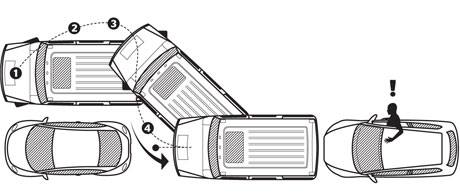
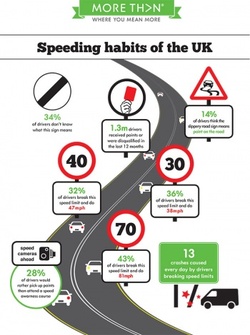
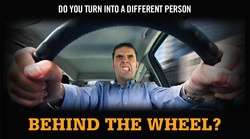
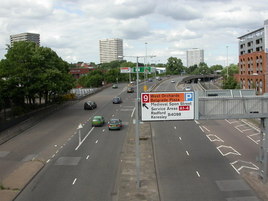
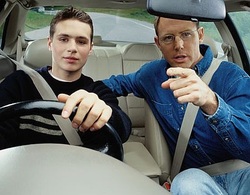

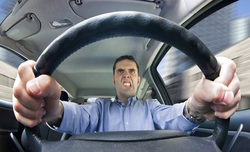
 RSS Feed
RSS Feed